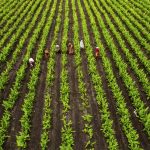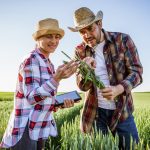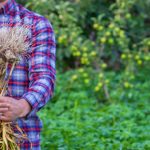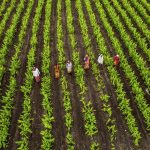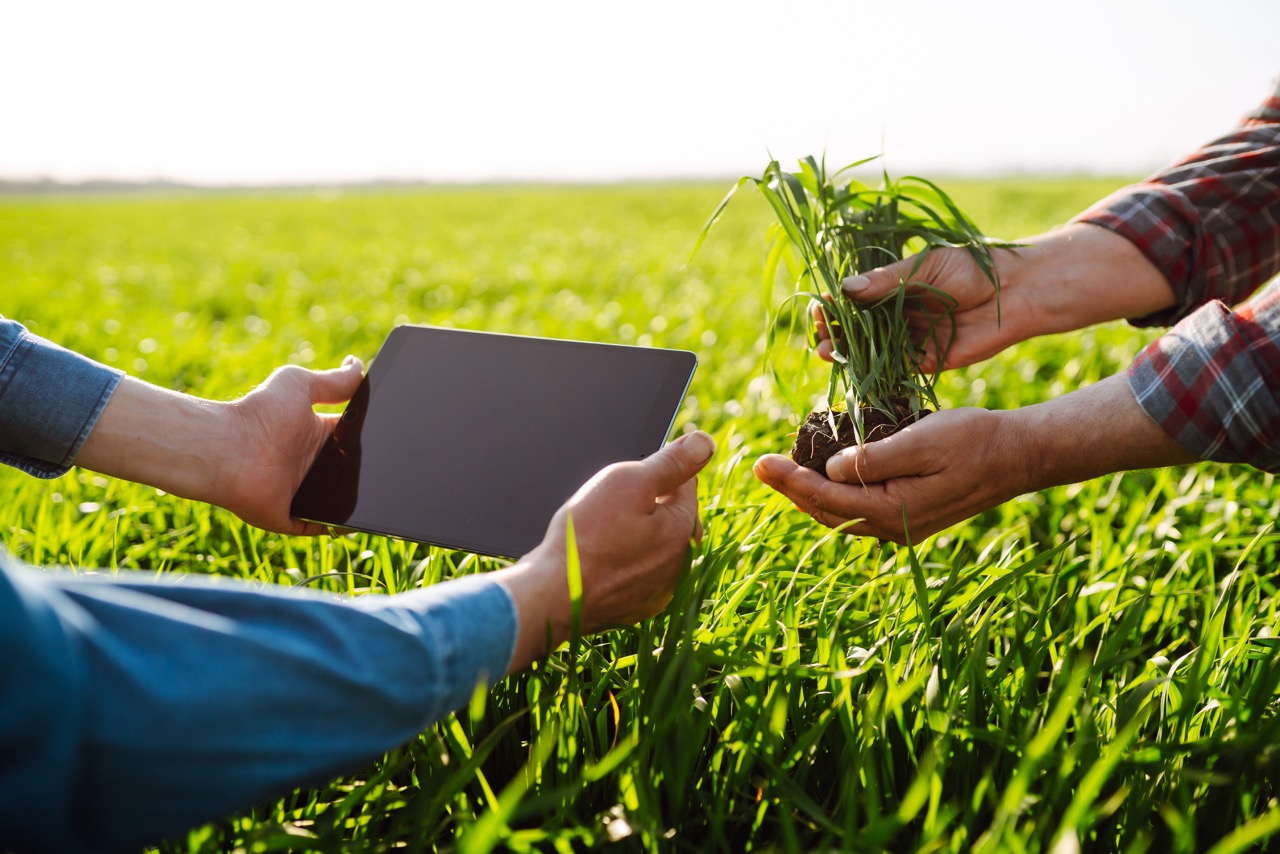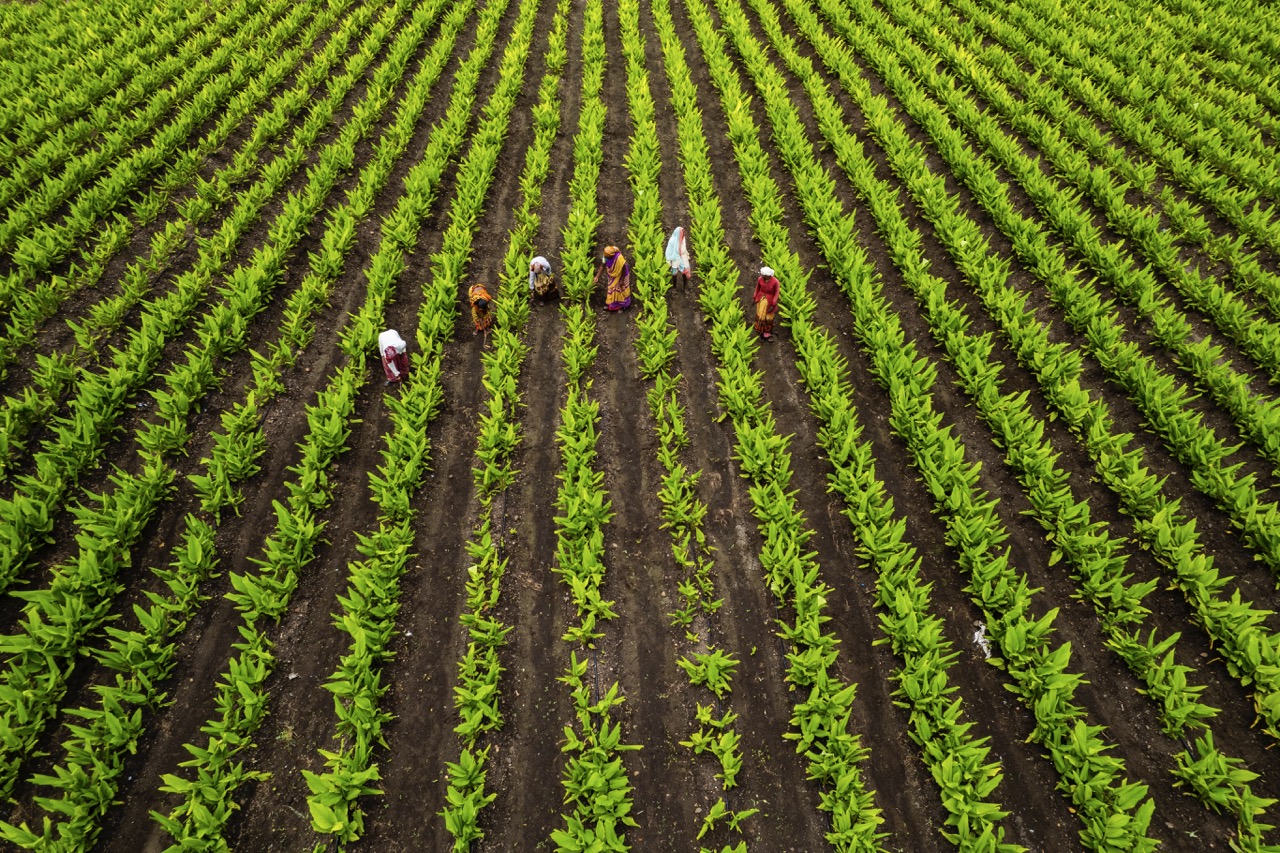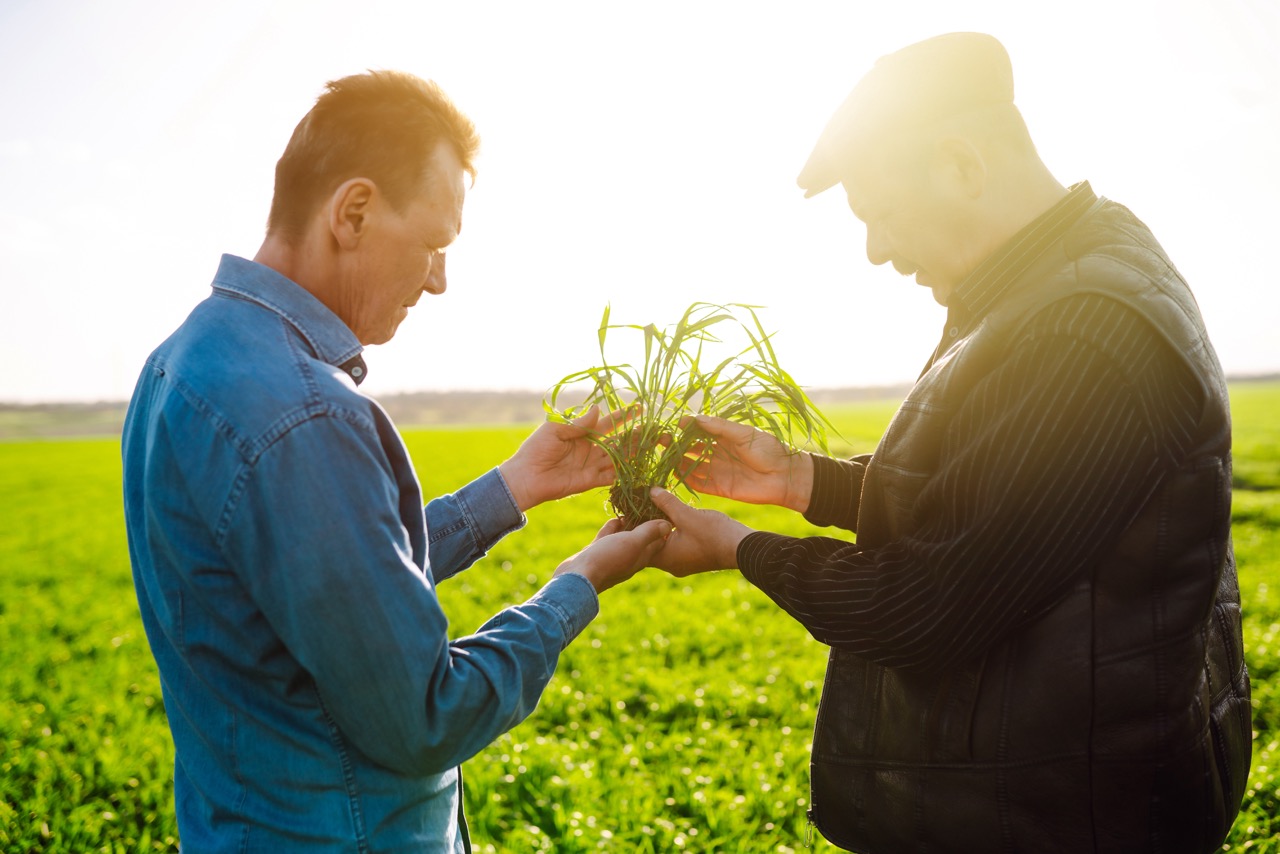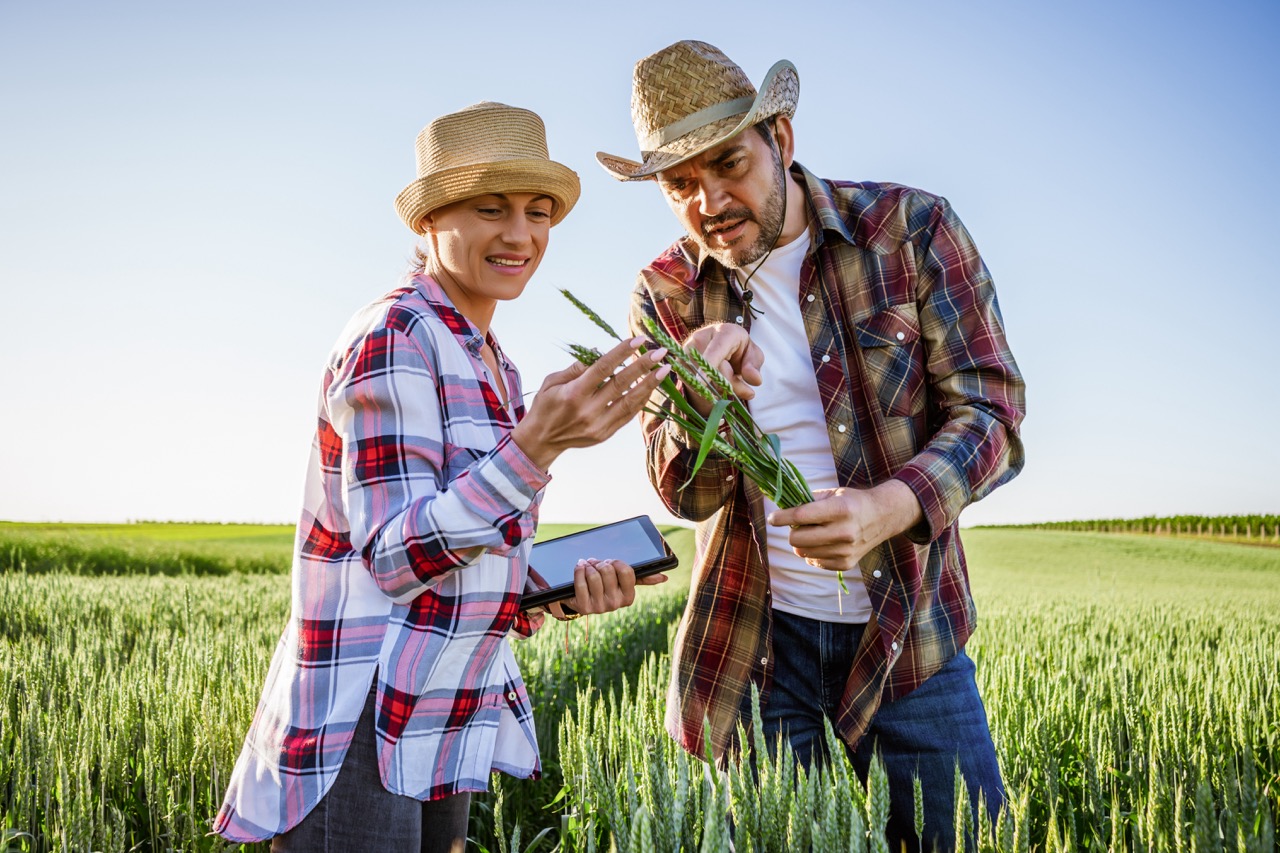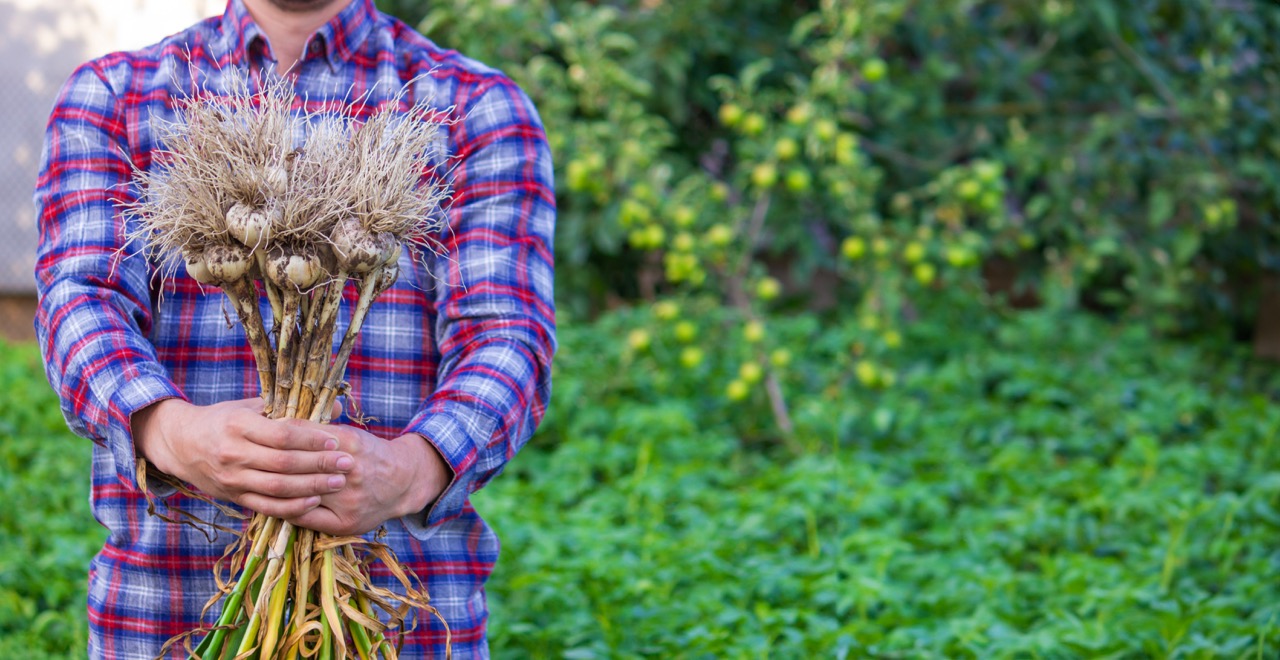In the ever-evolving world of agriculture, precision farming has emerged as a cornerstone of modern practices aimed at maximizing efficiency and sustainability. Among the technological advancements reshaping this field, drones have taken center stage due to their versatility and effectiveness. By providing aerial insights and data collection capabilities, drones are transforming the way farmers monitor crops, manage resources, and enhance productivity. This article explores the pivotal role of drones in precision agriculture, their benefits, essential technologies, and best practices for implementation.
The Role of Drones in Modern Precision Agriculture
Drones have revolutionized farming by allowing for comprehensive aerial assessments of agricultural land. Equipped with high-resolution cameras and sensors, these unmanned aerial vehicles (UAVs) can provide farmers with detailed images and data that help identify issues such as pest infestations, disease outbreaks, and nutrient deficiencies. This aerial perspective is particularly advantageous, as it allows for the rapid assessment of large areas that would be time-consuming and labor-intensive to cover on foot.
Furthermore, drones facilitate the creation of detailed maps that illustrate crop health through multispectral imaging. This technology enables farmers to analyze plant vigor, moisture levels, and even soil conditions from above. By utilizing these insights, farmers can make informed decisions about irrigation, fertilization, and pesticide application, leading to more targeted interventions and resource optimization.
In addition to monitoring crop health, drones are increasingly being employed for the actual application of inputs such as fertilizers and pesticides. This capability allows for precise delivery, ensuring that treatments are applied only where needed and in the right quantities. As a result, drones not only contribute to improved crop yields but also help mitigate the environmental impact of farming operations.
Key Benefits of Utilizing Drones for Crop Management
The integration of drones into agriculture brings numerous benefits that can enhance overall farm management. One of the primary advantages is the significant time savings achieved through automated aerial surveys. Farmers can gather extensive amounts of data in a fraction of the time it would take using traditional methods, allowing them to focus more on strategic planning and execution rather than labor-intensive monitoring.
Additionally, drones improve data accuracy and reliability. With high-resolution imagery and advanced sensors, farmers can obtain precise information regarding crop conditions, which reduces the risk of misdiagnosis and erroneous application of inputs. This level of precision ultimately contributes to better resource management, leading to cost savings and improved yields.
Moreover, the use of drones fosters environmental sustainability. By enabling targeted application of fertilizers and pesticides, drones help minimize chemical runoff and reduce the overall volume of inputs needed. This not only lessens the environmental footprint of agricultural operations but also aligns with the increasing consumer demand for sustainable and responsibly farmed products.
Essential Drone Technology for Precision Farming Success
To harness the full potential of drones in precision agriculture, understanding the essential technologies is crucial. High-resolution cameras are fundamental, as they capture detailed images of crops, allowing for accurate assessments of plant health. Multispectral and thermal sensors are also integral, as they provide critical data on variables such as chlorophyll levels and temperature differentials, which are vital for effective crop management.
Furthermore, the development of drone software platforms has streamlined data processing and analysis. These platforms can convert raw imagery into actionable insights, generating data layers that farmers can easily interpret. By integrating this software with GIS (Geographic Information Systems), farmers can visualize trends and make data-driven decisions regarding irrigation, fertilization, and crop rotation.
Finally, advancements in drone flight technology, such as GPS-guided navigation and autonomous flight capabilities, have enhanced operational efficiency. This enables drones to conduct routine surveys with minimal human intervention, allowing for regular monitoring and timely interventions when issues arise. Investing in the right drone technologies is essential for farmers aiming to leverage precision agriculture effectively.
Implementing Drones: Best Practices and Case Studies
Implementing drones in precision agriculture requires careful planning and consideration of best practices. One key recommendation is to start with a clear objective. Farmers should identify specific goals, whether it be improving crop health monitoring, optimizing inputs, or enhancing pest management. This targeted approach helps in selecting the right drone technology and data analysis methods tailored to their needs.
Training and education are also critical components of successful drone implementation. Farmers and agricultural professionals should invest time in understanding how to operate drones effectively and interpret the data they collect. Numerous online courses and workshops are available, and collaborating with drone service providers can further enhance knowledge and capabilities in utilizing this technology.
Several case studies illustrate the successful application of drones in agriculture. For instance, vineyards in California have adopted drone technology to monitor grape health and optimize irrigation schedules, resulting in significant improvements in yield and quality. Similarly, large-scale grain producers in the Midwest have successfully integrated drones for early pest detection, leading to timely intervention and reduced crop loss. These examples underscore the transformative potential of drones in precision agriculture when implemented thoughtfully and strategically.
The integration of drones into precision agriculture represents a significant advancement in agricultural practices, offering farmers unprecedented capabilities for monitoring and managing their crops. By understanding the role of drones, their key benefits, essential technologies, and best practices for implementation, farmers can harness this technology to improve productivity, enhance sustainability, and ultimately ensure food security in an increasingly competitive market. As drone technology continues to evolve, the future of precision agriculture looks promising, offering endless possibilities for innovation and growth.
